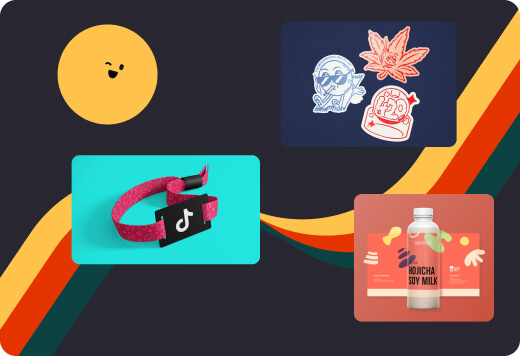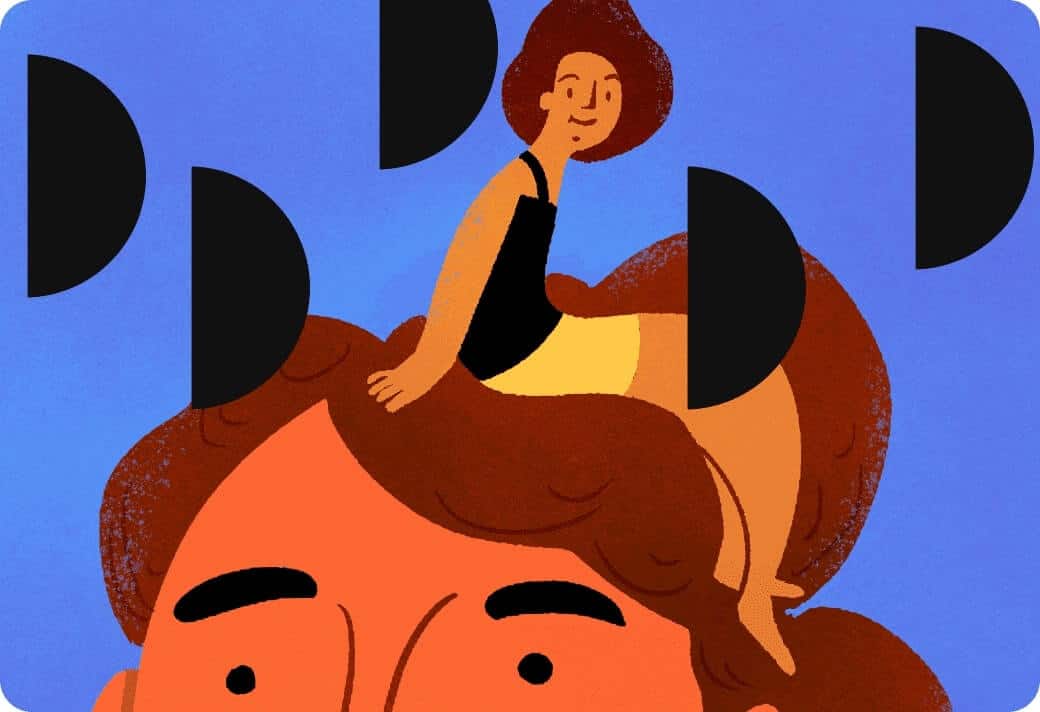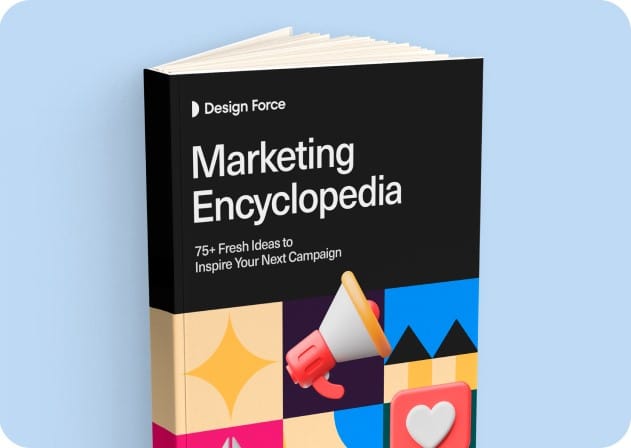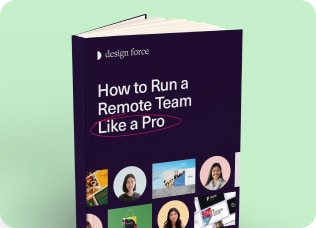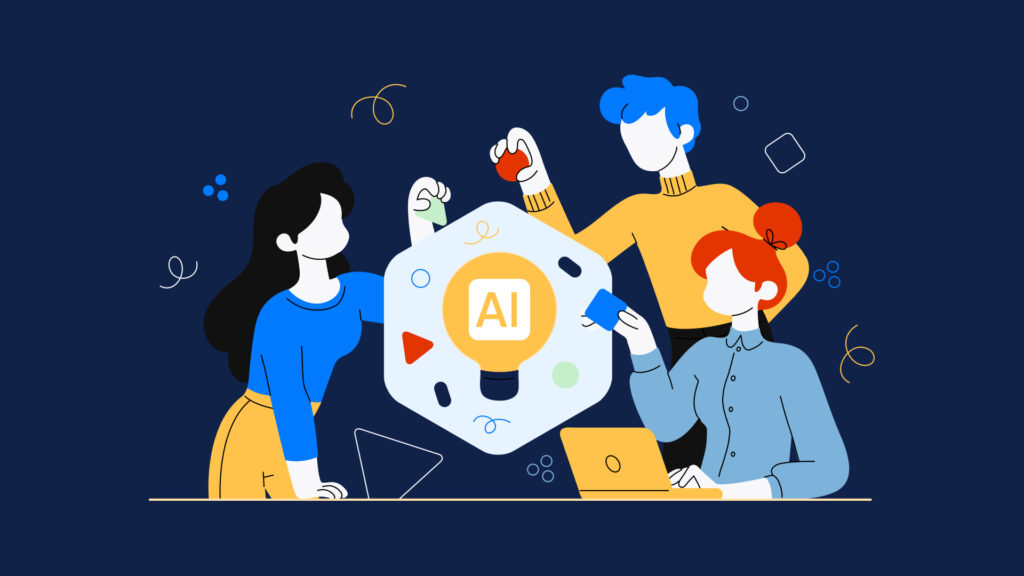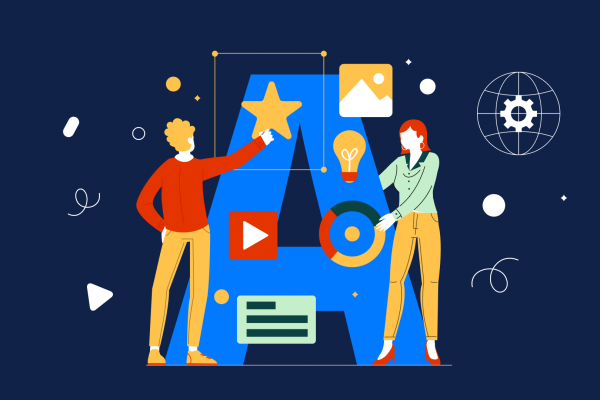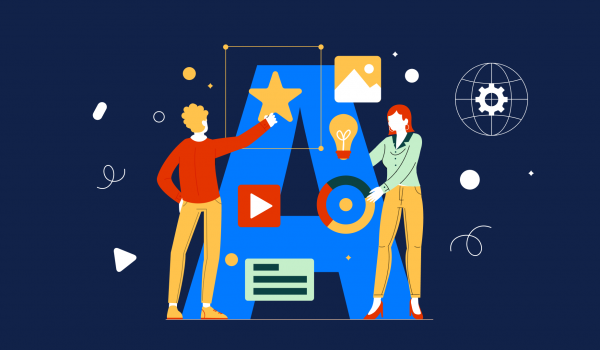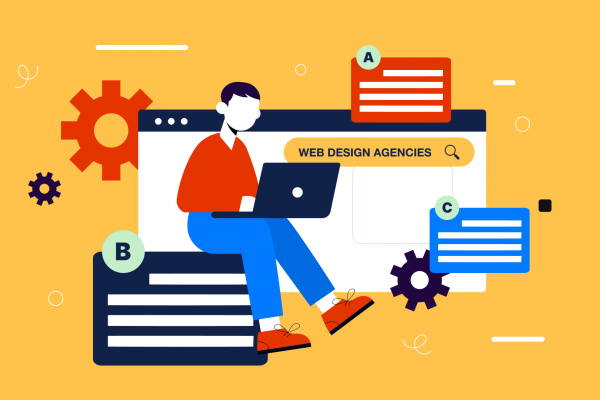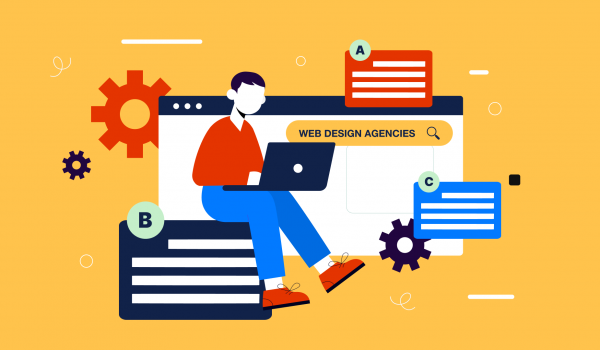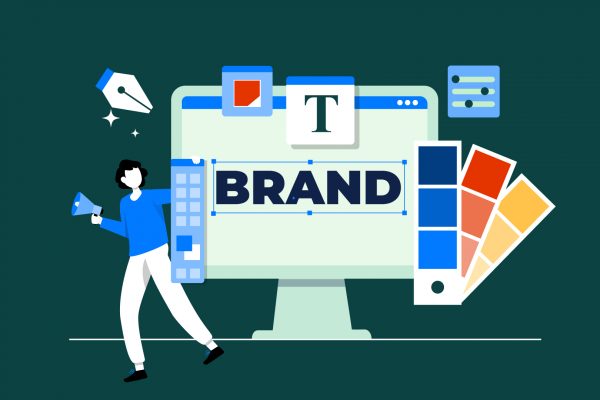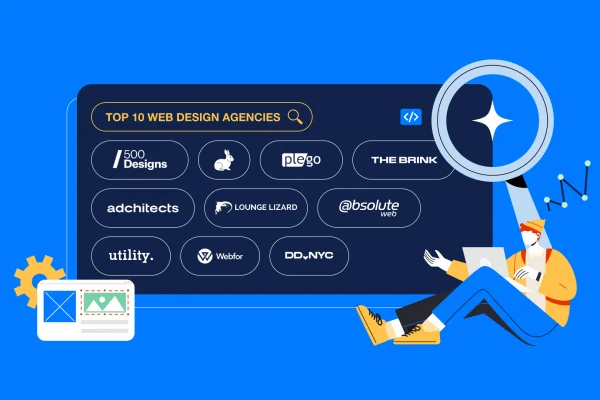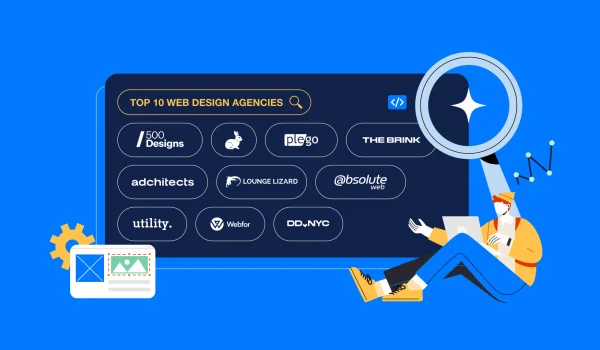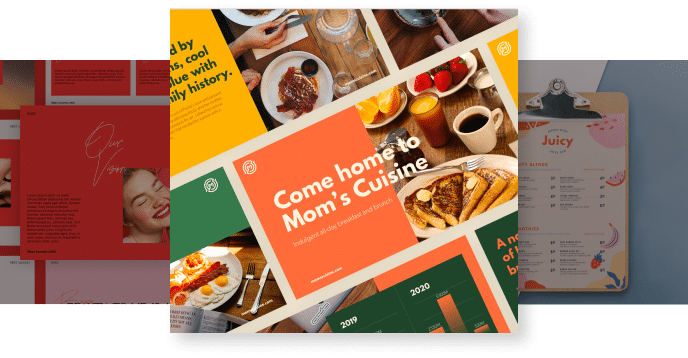Artificial intelligence (AI) is no longer just a buzzword
It’s becoming a fundamental tool for enhancing creativity and efficiency in the creative industry. Often noted as a ‘game changer’ for creatives, the adoption of AI can sometimes lack the gusto you’d expect–creative leaders and managers can be hesitant to commit. But why?
This guide will give you an overview of the challenges many face when planning to implement AI into the creative process, with tools and tips to overcome them.
We’ll dive into the transformative potential of AI for creatives that’s up for grabs–from automating mundane tasks to offering new avenues for creative expression–and share practical insights into adopting AI so that you can join the 68% of creative professionals who believe that AI can significantly enhance their workflows.
Understanding AI and its un-capped potential
Before we dive in too deep, let’s get acquainted with the terminology.
Artificial Intelligence, abbreviated to AI, refers to computer systems designed to perform tasks that typically require human intelligence. The opportunity here is vast, as tasks span visual perception (think design and illustration), speech recognition, decision-making, and language translation.
Here in the creative world, AI has triggered a revolution by offering tools with the ability to generate design ideas, create content, and even analyze market trends. For graphic designers, AI can suggest color palettes. For marketers, it can create personalized content for multiple audiences. For copywriters, it can detangle a brief in mere seconds.
AI brings a level of speed we’ve not seen before–but are you ready to embrace it?
How to assess whether your team is ready for AI adoption
If you’re excited at the prospect of enrolling machine learning tools into your workflows, it pays to assess your current standing before blindly shooting out prompts into ChatGPT.
- What’s your starting point?
Assess your team’s current understanding of AI. Are they familiar with basic AI concepts? Do they have any experience with AI tools? Identifying these gaps will help determine what training your teams may need.
- What’s your current technological infrastructure?
Regardless of which AI tool or program you wish to onboard, ensure your existing technology can support its integration. This includes having the necessary hardware, software, and data storage capabilities.
- Does your team want it?
A team that’s open to adopting new technologies is more likely to succeed in integrating AI. As we’ll see later in this guide, there can be resistance and hesitance to adopt change, especially with creative folk. You’ll need to foster a culture of innovation and continuous learning to ease the transition.
It may feel laborious to do the groundwork here, but as with any new system, workflow, or creative process, solid foundations are essential for continual growth and improvement when implementing AI in creative processes.
Identifying areas for AI integration
If you’re ready to adopt AI integration in design teams or any other creative team, the next step is to find the areas in which the technology can support you most effectively.
Here are 3 key areas that can be elevated by AI adoption:
- Repetitive tasks
It’s likely your teams will happily give up the mundane tasks first. Let AI automate tasks such as data entry, scheduling, and preliminary design drafts. This will give your creative teams the space to focus on higher-value activities (and the areas they enjoy more).
- Creative enhancement
AI tools can generate design ideas, provide content suggestions, and even create music or art. Often a topic of debate, these tools can (and should) act as collaborative partners, enhancing the creative process rather than replacing human creativity.
- Data analysis
AI can analyze large sets of data in record time, providing actionable insights to help teams make informed creative decisions. This is particularly useful in marketing, advertising, and SEO, where data-driven strategies are key.
Choosing the right AI tools to support your creative teams
When it comes to selecting the right AI tools for your creative team, thorough research is essential. Start by identifying the specific needs and goals of your team–are you looking for tools to streamline design processes, enhance content creation, or provide data-driven insights?
Once you know what you need, look for user reviews, case studies, and expert opinions to gain valuable insights into the performance, usability, and effectiveness of the many different AI tools available.
It helps to stay in the loop by attending webinars and industry events, and reading online content to stay updated on the latest advancements.
As your creative team grows and evolves, so will your AI needs. It’s crucial to choose AI tools that offer customization and scalability. Can you tailor the tool’s features to fit your specific workflows and creative processes? Does it have the capacity to grow alongside your team?
Whether you’re expanding your creative skillset, taking on larger projects, or diversifying your creative offering, prioritize tools that offer flexible pricing models, modular features, and robust customer support to accommodate your team’s evolving needs.
Building an AI adoption strategy
By this point, you’re all set to begin this new journey. But how do you *actually* integrate your chosen tools?
Here are 3 steps to follow:
- Set goals
Clearly define what you want to achieve with AI. Are you looking to improve efficiency, enhance creativity, or gain better insights?
- Take it step by step
As exciting as it may be, try not to go all in from the go. Start with a pilot project to test the waters, and gradually expand AI integration as your team becomes more comfortable with the technology.
- Get the team acquainted
Not everyone will be an expert in using your chosen tools, so invest in training programs to upskill your team. This can include workshops, online courses, and hands-on training sessions.
- Reflect and refine
Set KPIs and SMART goals at the beginning of the project, to use as a benchmark for success. Regularly assess what’s working and what’s not, and make the necessary changes as you go.
Overcoming AI adoption challenges in the workplace
The adoption of any new tool or process comes with setbacks, but knowing these in advance can help you mitigate issues and minimize stress. Even though It’s Nice That’s survey found that 83% of creatives are already using AI, 26% of respondents still cite AI as a “terrible development for creativity overall”.
Here are some common obstacles you may be faced with:
- Resistance to change
- Fear of job loss
- Lack of understanding of the new tool’s purpose or functionality
The same survey notes that fear of job displacement as a major concern, getting 45% of the vote. We get it, we’ve all seen the movies. But when integrated respectfully, team members can feel more at ease that these tools are an asset and support to their skill, not a replacement.
Clear communication about the benefits of AI, its purpose, and how it will be integrated into creative teams is fundamentally essential.
Involve team members in the adoption process, and provide continuous support to help mitigate these challenges as you make the transition.
AI adoption can significantly enhance the efficiency and creativity of your team
But it won’t happen overnight. Understanding the AI tools available to you, evaluating the readiness of your teams and identifying integration areas are all key steps in this journey.
You’ll likely face some setbacks and challenges along the way, but with a plan of action in place, you can reap the benefits of AI within your creative teams to enhance workflows and increase productivity.
As AI technology continues to evolve, its role in the creative industry will only grow. Regularly assessing the success of your AI tools, and staying updated on the latest developments can keep your team ahead of the curve. Our blog has plenty more insights and actionable tips on integrating AI into your creative processes.
We’ve integrated AI into our business to offer AI-Enhanced Design as a service and we won’t be looking back. If that sounds like something you want to know more about, book a call with the team here at Design Force–we’d be happy to show you its power.
